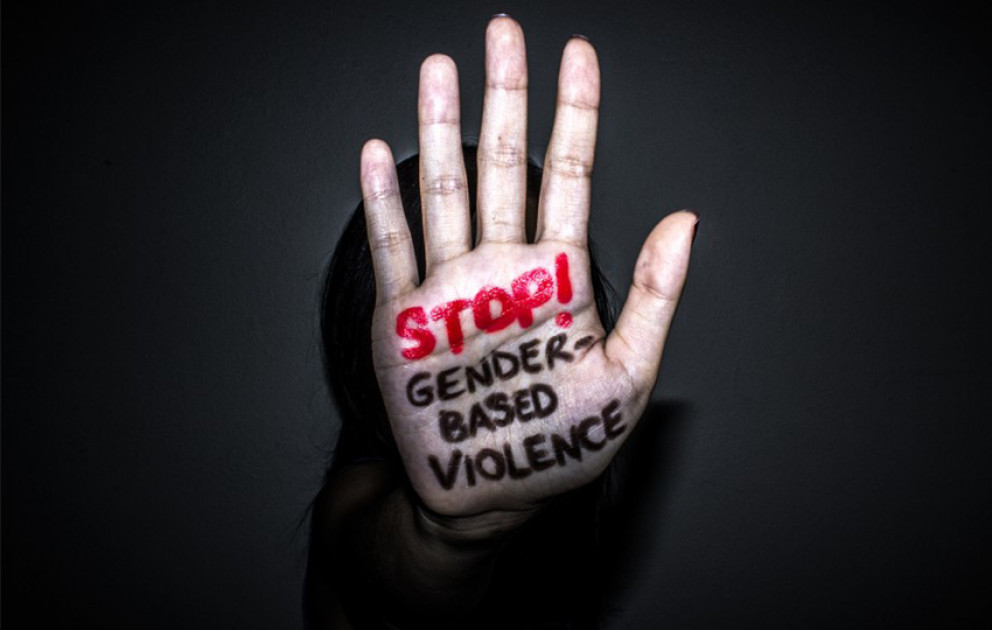Kenya records highest number of stories on GBV than Uganda, Tanzania – Report

A representation image of a hand bearing an appeal to stop GBV. PHOTO | COURTESY

Audio By Vocalize
Kenya recorded the highest number of media stories on sexual and gender-based violence (SGBV) and femicide within a 16-month period between January 2024 and April 2025, a new regional study has revealed.
According to the report titled Media Framing of Sexual
and Gender-Based Violence and Femicide in East Africa, Kenya accounted for
54 per cent of the total stories analysed, followed by Tanzania at 28 per cent and Uganda at 18 per cent.
The study, which examined how media in the three countries
framed issues of SGBV and femicide, used a mixed-methods approach combining
content analysis and qualitative interviews with journalists, editors, and
gender advocates.
It found that coverage across the region was “robust yet
uneven,” with Kenyan media leading largely due to institutional support and the
establishment of gender desks in newsrooms such as the Nation Media Group.
Coverage trends also showed that reporting on gender-based
violence spiked during advocacy-driven events such as the 16 Days of Activism
Against Gender-Based Violence, suggesting that much of the attention remains
event-driven rather than continuous.
The report noted that thematic framing dominated regional
coverage at 78 per cent, with most stories positioning SGBV and femicide within
broader social and policy contexts. However, digital-native platforms in Kenya
displayed a growing tendency toward episodic, event-based reporting.
Victims were overwhelmingly portrayed through sympathetic
framing (90 per cent), marking a shift toward survivor-centred journalism. However,
only 6 per cent of the stories explicitly framed perpetrators as responsible, a
gap the report warns risks “depoliticising gender violence by overemphasising
victims’ suffering at the expense of systemic failures and justice outcomes.”
“The attribution of responsibility (99%), criminal justice
(79%), and activism and policy (61%) were the most prevalent frames, reflecting
an encouraging focus on accountability,” the report states.
While Kenya led in sustained follow-up coverage at 58 per cent, most of these stories continued to focus on victims, with only 8 per cent tracking perpetrators or justice outcomes. Uganda’s coverage showed
notable improvement in 2025 following gender-sensitive journalism training,
while Tanzania’s fluctuating trends reflected editorial and structural
differences.
Across the three countries, government officials dominated
as main actors in coverage (21 per cent), followed by victims (20 per cent), with
perpetrators featuring in only 3 per cent of stories. This, the report says,
“mutes accountability and reinforces impunity.”
The study concludes that while East African media are
increasingly adopting thematic and socially engaged coverage, they still
struggle with sustaining intersectional analysis, perpetrator accountability,
and advocacy-driven framing.
It recommends that media houses institutionalise gender
desks, strengthen follow-up reporting on justice outcomes, and adopt
survivor-centred and intersectional approaches in journalism training to
enhance accountability and systemic reform.


Leave a Comment